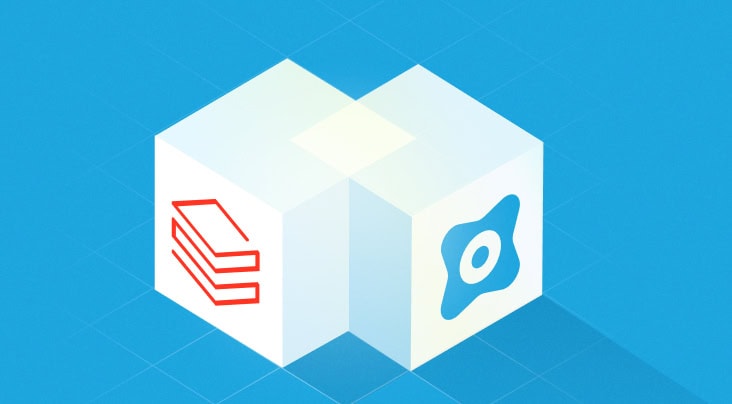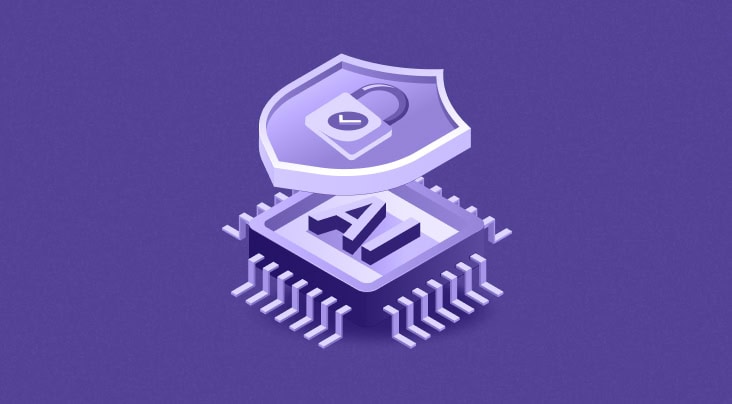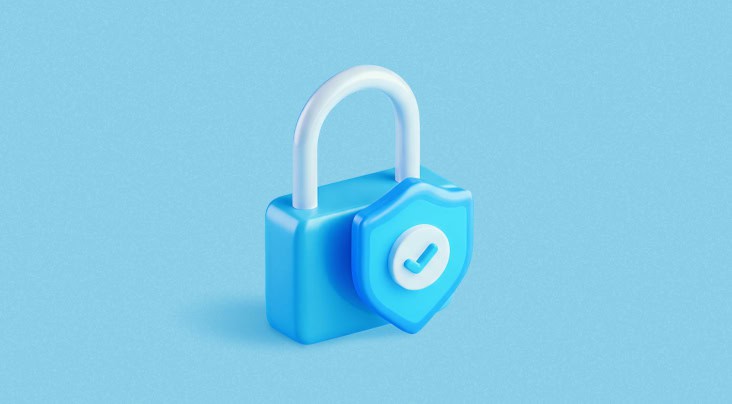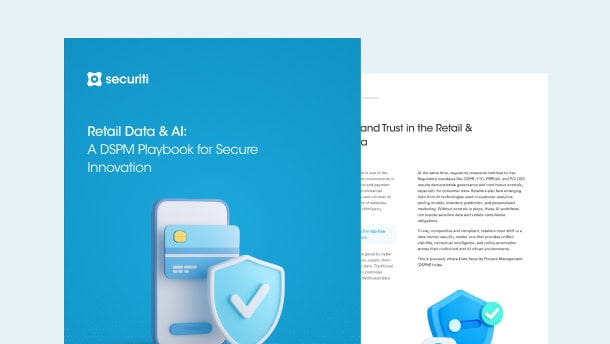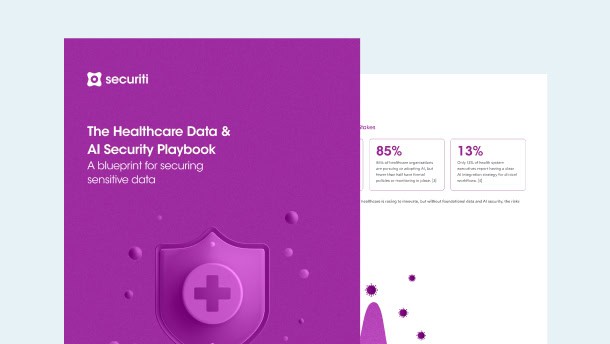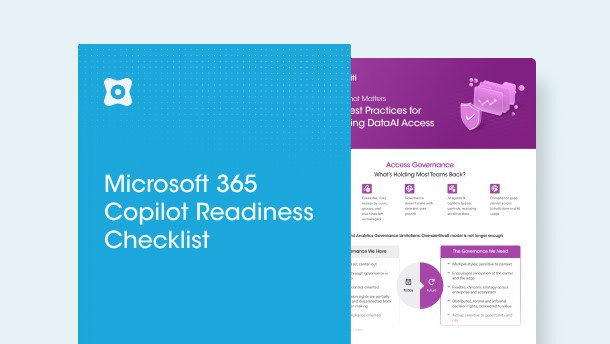Access control is a system that manages and limits user access to network resources, data, or physical areas based on a predefined set of rules and policies, ensuring access or privileges to only authorized individuals.
Why is Access Control Important?
Access controls are pivotal for organizations aiming to protect their sensitive data assets by ensuring only authorized personnel can access them. The importance of access control can extend to the following areas:
Data Protection
Perhaps the most immediate and critical benefit of access control is in providing heightened data protection that prevents any form of unauthorized access, breaches, and data leaks. With access to critical data resources restricted to a few authorized personnel that have been properly vetted, organizations can ensure maximum security of their assets, such as critical systems, customer information, financial records, intellectual property information, etc.
Integrity
It's not always necessary for a data breach to result in stolen data. In some cases, an attacker who gains access to an organization's internal resources may seek to alter the information rather than steal it. This would seriously jeopardize the overall integrity of the data and compromise any outputs generated through it. Hence, access controls restricting access to such resources can prove highly important in such cases.
Availability
Similar to compromising data integrity, attackers may seek to cause disruptions and halt the organization's daily operations. Appropriate access controls prevent such instances by strictly governing who has access to make such decisions related to data assets.
Compliance
In several instances, organizations may be obliged to consider access governance as part of their regulatory compliance efforts. Regulations such as HIPAA, GDPR, and PCI DSS, among others, are just a few examples of regulations that necessitate such measures.
What Methods Are Used to Implement Access Control?
Some of the most common mechanisms deployed in access control implementation include the following:
Password Authentication
Passwords are a tried and tested method that allows for ease of use for the users while making it easy to verify their identity. Users with valid IDs and passwords can gain access to resources, making it easy to manage such passwords for the organization.
Biometrics
Biometric verification represents a more thorough method of identity verification that is mostly reserved for physical access to resources. Most organizations deploy these for resources that involve hardware. Users can gain access via fingerprint scans, iris scans, or facial recognition.
Access Control Lists (ACLs)
ACLs are fairly straightforward methods that allow for permissions for each user access to be customized for each resource. These permissions can be either to read, write, or execute certain actions with respect to making changes within the document.
Role-Based Access Control (RBAC)
With RBAC, permissions to change certain documents and resources depend squarely on a user's role and position within an organization. Each role is given a predefined set of permissions and access that makes it easier for the overall access management within an organization.
Multi-Factor Authentication (MFA)
MFA usually combines two or more types of authentication mechanisms, such as passwords, pins, or device verification. These extra layers of verification help prevent unauthorized access.
What Are Access Control Policies and Rules?
These refer to certain guides, policies, and standard operating procedures that govern how access is to be granted. Each organization may develop its own policies based on their own needs.
Access control policies are often designed, developed, and deployed as high-level guidance determining how an organization uses its resources.
Access control rules are the actual settings or configurations that implement the aforementioned policies. These rules determine who will be given access to what resource and the criteria for making such decisions. The access control measures discussed earlier are also a part of these rules.
What Are the Best Practices for Access Control?
For access control, organizations must adopt the following:
Regular Reviews
Organizations must develop a system of consistent and regular reviews of their access policies and assessments to ensure all granted permissions are appropriate and updated. Any access deemed unnecessary can be removed with other relevant changes wherever applicable.
Principle of Least Privilege (PoLP)
With PoLP, organizations can ensure all permissions and access privileges granted are within the minimum confines necessary to perform the job functions such permissions are meant to deliver. Doing so mitigates the chances of any personnel gaining more privileges within their accounts than necessary.
Strong Authentication Methods
Organizations must strive for the strongest authentication methods, such as MFA and biometric verification. Doing so ensures that access is only provided after a thorough verification and authorization process.
Regular Training Sessions
All an organization's access controls and mechanisms may prove ultimately futile if the employees meant to implement them are not well-versed and trained in their use. Hence, regular training sessions and workshops highlighting the best practices and procedures must be prioritized.




























